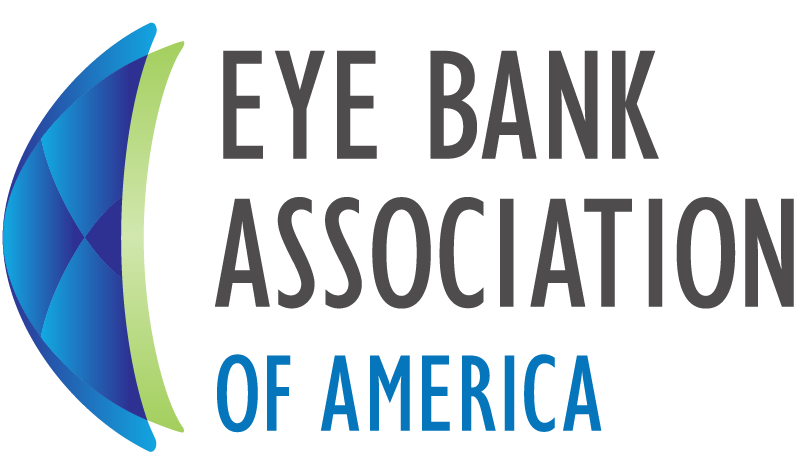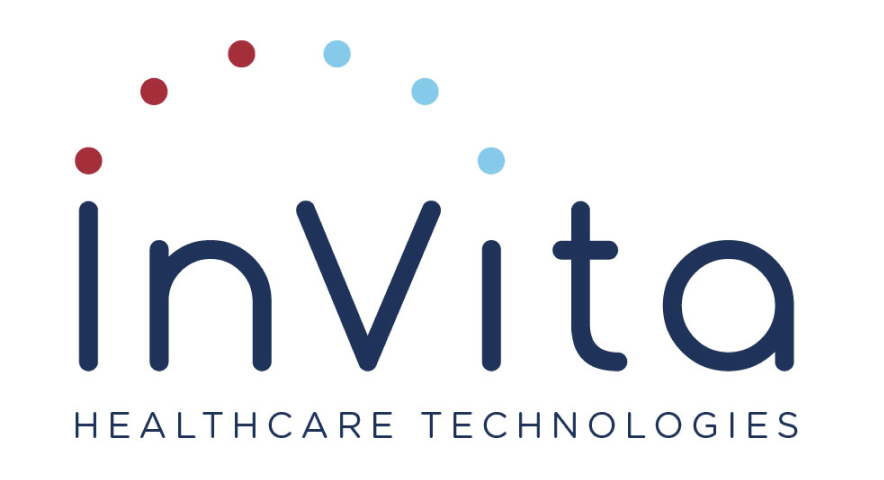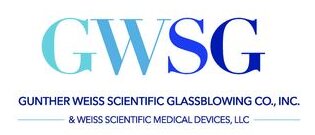The EBAA accredits banks for the following eye bank functions. After completing the Application for Site Inspection, the EBAA Accreditation Co-Chairs will review the information to determine the scope of the inspection required. Please make sure to complete all questions completely. If a site inspector finds conflicting information when conducting the inspection, it may lengthen or prematurely terminate the inspection, so please fill this section out accurately.
Definition of Eye Banking Functions:
Recovery: The establishment procures ocular tissues, which may encompass, but is not limited to: in situ excision, whole eye enucleation, donor body assessment, pen light examination, assignment of an unique ISBT 128 Tissue Identifier, storage solution storage, pre-distribution packaging of tissue, supply storage, sterilization of instruments. (EBAA Medical Standards: the removal, acquisition, recovery or collection of donor tissue)
Processing: Post-recovery, the establishment prepares ocular tissues, which may encompass, but is not limited to: processing (e.g. laboratory corneoscleral disc excisions, laboratory scleral preservation, preparation of lamellar tissue, preparation of tissue for LAK), supply storage, sterilization of instruments, environmental control/cleaning, storage solution storage and pre-distribution packaging of tissue. (EBAA Medical Standards: Any activity performed on the eye tissue, other than recovery, donor screening, donor testing, storage, labeling, packaging, or distribution, such as: testing for microorganisms; preparation, sterilization, steps to inactivate or remove adventitious agents; preservation for storage; manipulation/sizing and removal from storage. Any manipulation of the ocular tissue intended for transplant that involves opening a previously sealed container after recovery.)
Tissue Storage: The establishment stores transplantable ocular tissue, which may encompass, but is not limited to: refrigerator control (temperature monitoring), quarantine requirements, and others, as appropriate to the scope of the inspection. (EBAA Medical Standards: The maintenance of ocular tissue for future use.)
Distribution: The facility releases the tissue for distribution to the end user, which may encompass, but is not limited to: handling of recipient records, packaging tissue for distribution, labeling tissue, seeking post-operative follow-up reports, tracking of the tissue, assignment of an unique ISBT 128 Tissue Identifier. (EBAA Medical Standards: A process of allocation of tissue for transplant, research or educational use. This process includes receipt of request, selection, inspection and release of tissue, to a consignee such as a surgeon, surgical center or educational research center. The principles of tracking, traceability and adverse reaction reporting will be maintained throughout the process of distribution.)
Tissue Evaluation: The establishment performs slit lamp microscopy and/or specular microscopy of ocular tissue, which may encompass, but is not limited to: determination of endothelial density, equipment calibration and maintenance. (EBAA Medical Standards: The performing of any and/or all of the following on eye tissue intended for transplant: slit lamp examination, endothelial cell density, and pachymetry measurement.)
Donor Eligibility Determination: The establishment makes the final determination of donor eligibility, which may encompass, but is not limited to: signing off on donor screening and testing, including the review of donor physical assessment, medical/ social history, plasma dilution, infectious disease testing results. (EBAA Medical Standards: The evaluation of all available information about a potential donor to assess whether the donor meets qualifications specified in the SOP and standards. This includes, but is not limited to: medical, social, and sexual histories; laboratory test results; physical assessment or physical examination; and autopsy findings (if performed).
For additional information, see EBAA Medical Standards and Accreditation Board Policies and Procedures, accessible through the EBAA Members Portal.
If you have any questions about these functions, please contact Jennifer DeMatteo.


